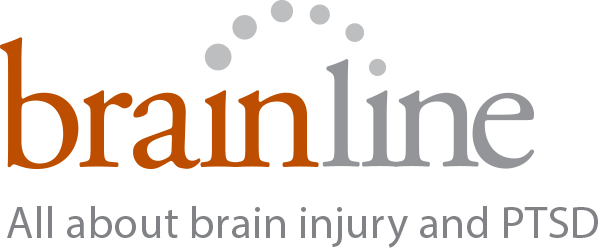Every brain injury is different. If your loved one has a disorder of consciousness (DoC), they have injured one or more parts of the brain that control their ability to stay awake, be aware of what is going on around them, think, and interact with the world. There may be damage to many areas of the brain. In traumatic brain injury (TBI), the damage may also involve the connections that allow different parts of the brain to “talk” to each other. In a DoC, damaged connections include those needed to maintain wakefulness and awareness. If you want to learn more about how the brain works, the types of injuries that cause DoC, and common tests used to identify brain damage, please review these resources:
Where can I learn about brain anatomy and how the brain works?
These are good resources if you want to learn about the different parts of the brain and what they do:
- Anatomy of the Brain (PDF)
From DVBIC Family Caregiver Curriculum (Module 1 – pg. 6-11; PDF pages 56-61) - Functions of the Brain
From Brain Injury Association of America - Interactive Brain Visual Model
From BrainLine
You can click on the images to learn more about of the parts of the brain you are interested in. - Brain Anatomy
From Mayfield Clinic
Here you can learn more about the brain’s blood supply, cranial nerves, and more.
This 5-minute video covers the basic parts of the brain and their functions. The explanations are simple enough for school-aged children and adolescents to understand:
These easy-to-download factsheets about different parts of the brain are from Shepherd Center. They also describe symptoms that may occur when that part of the brain is damaged:
What tests will be used to identify the location and extent of my loved one’s brain injury?
Your loved one may be given many tests to help determine the nature, location, and extent of their brain injury. This may include blood work, a physical exam, as well as brain imaging and other tests of the brain. Early after an injury, brain imaging and other tests of the brain may be used to help identify areas of damage. They may help the care team decide whether surgery is needed. Later, these tests may help detect certain problems and may be used to guide treatment decisions. These websites describe common types of tests used to help identify areas of brain damage and to look at brain function:
- Neuroimaging
From North Dakota Brain Injury Network - Brain Imaging: What Are the Different Types?
From BrainLine
